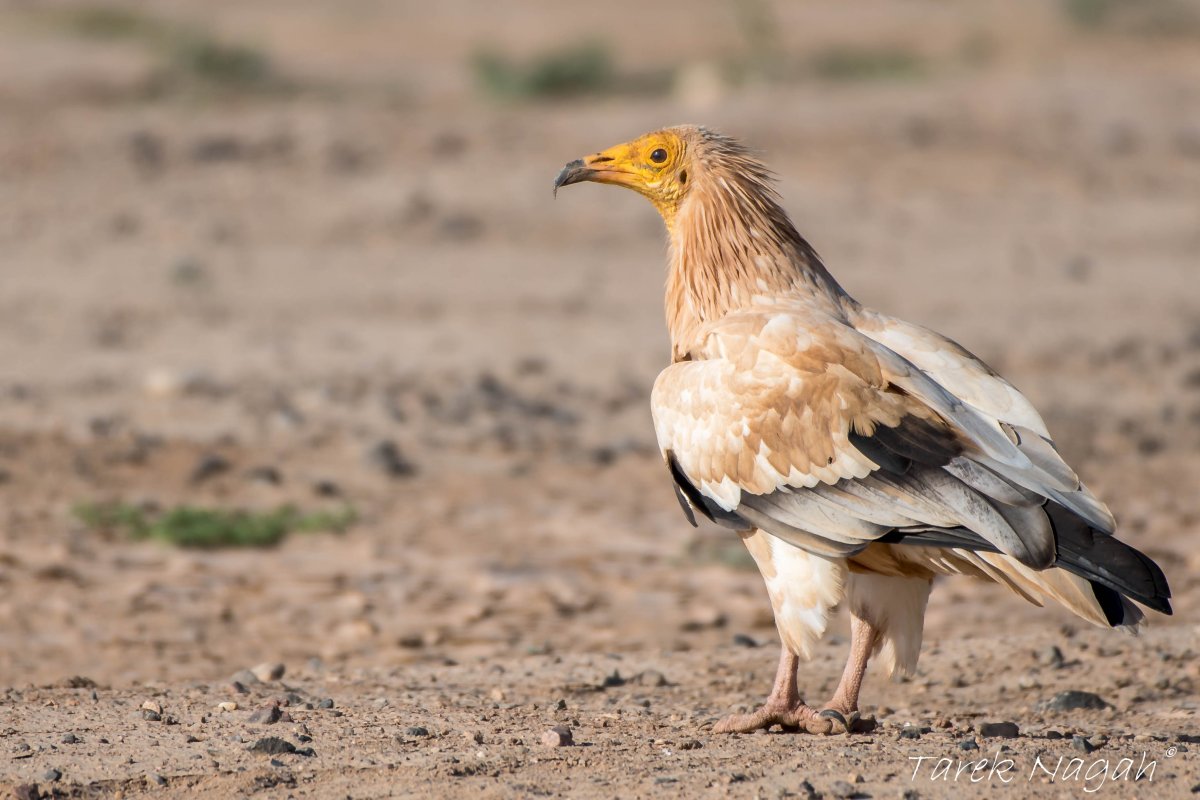
Many raptor species around the world are declining (McClure et al 2018, Cruz et al 2021),
but monitoring population changes of raptors can be logistically difficult because most
species have large home ranges and breed at low densities in sometimes remote localities.
For migratory species, counts at migratory bottlenecks can provide useful indices of
population size for a given region, and require much lower effort than breeding season
surveys covering large areas (Farmer et al 2007, Jobson et al 2021, Panuccio et al 2021).
For birds from western Palaearctic breeding grounds that winter in Africa, the northern
Red Sea coast of Egypt is a well-known bottleneck during spring migration (Porter &
Beaman 1985, Hilgerloh 2009, Megalli & Hilgerloh 2013). Birds that winter across a large
area of sub-Saharan Africa migrate north-east until they meet the Red Sea, and then follow
the western Red Sea coastline to the northern tip of the Red Sea at Suez (Buechley et al
2018, Phipps et al 2019, Panuccio et al 2021). Previous counts of migratory birds in this area indicate that the region is likely to be of global importance for Lesser Spotted Eagle Clanga pomarina, Steppe Eagle Aquila nipalensis, Short-toed Snake Eagle
Circaetus gallicus, and Egyptian Vulture Neophron percnopterus (Jobson et al 2021).
Monitoring raptors along this flyway can therefore provide useful indices of the size of eastern European and western Asian populations for several species of conservation priority. Recent research using bird tracking devices has shown that the migratory tracks of
many individual Egyptian Vultures converge just south of Suez over the North Galala
plateau (Buechley et al 2018, Phipps et al 2019, Oppel et al 2022). In this particular area,
an exhaustive count of migratory soaring birds over two months in the spring of 2012
at Ayn Sokhna recorded 183 275 migratory soaring birds of 28 species during 310 hours
of observation (Megalli & Hilgerloh 2013).
Stay updated with the latest news, trends, and offers by subscribing to our newsletter. Don't miss out on exclusive content and special promotions - sign up today!